By Train from Bogart’s Casablanca to Kerouac’s Tangier
After the run-down sprawl of Casablanca – which reminded me not a jot of the 1942 Humphrey Bogart classic – Tangier would offer a welcome dose of Mediterranean optimism. Not that my journey up by train hadn't been pleasant: I was in a compartment (1st, since it was about £1 more than 2nd) with an ex-pat Moroccan living in California and a London-based Gujarati.
As the rocky North African landscape slipped by, this pair gave me some of the most illuminating insights into both old and new Morocco.
The big Californian-Moroccan, whose appearance definitely veered towards the New World (t-shirt, shorts, bandana), explained that Marrakesh's network of souks had been designed to disorientate. It was, he said, to make it harder for invaders to penetrate the city without getting lost. I can attest that this labyrinthine layout still worked: I had gotten lost many times.
He also told me the purpose of the little holes in the city walls: from these, poles were attached – and captured invaders hanged: a warning against future incursions. However, a little subsequent research suggested these holes were initially made for attaching scaffolding during the construction of the walls. Ventilation and hanging were perhaps secondary functions!
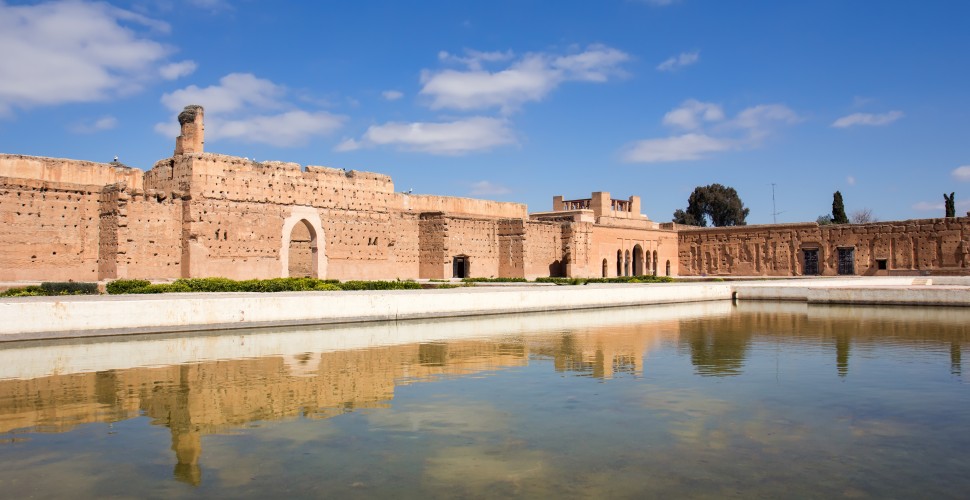
If the Californian-Moroccan's dress was informed by the New World, then the Gujarati's was informed by an older one. I had assumed he was Moroccan due to his long black robe with gold trim. But he told me of his native Indian state and bought me lunch from a passing sandwich vendor.
He was formerly a butcher but grew sick of the job. He then opened a grocery shop in Croydon but was cheated by his business partner. It seemed strange to be discussing such occupations, places and events: As he told me about his life in England, the sights of rural Morocco passed by: boulder-strewn hills and tumble-down farmsteads; a solitary donkey standing motionless on a hillside with the usual thousand yard stare; a lumpy, dried-out field from which bright yellow melons had miraculously sprouted.
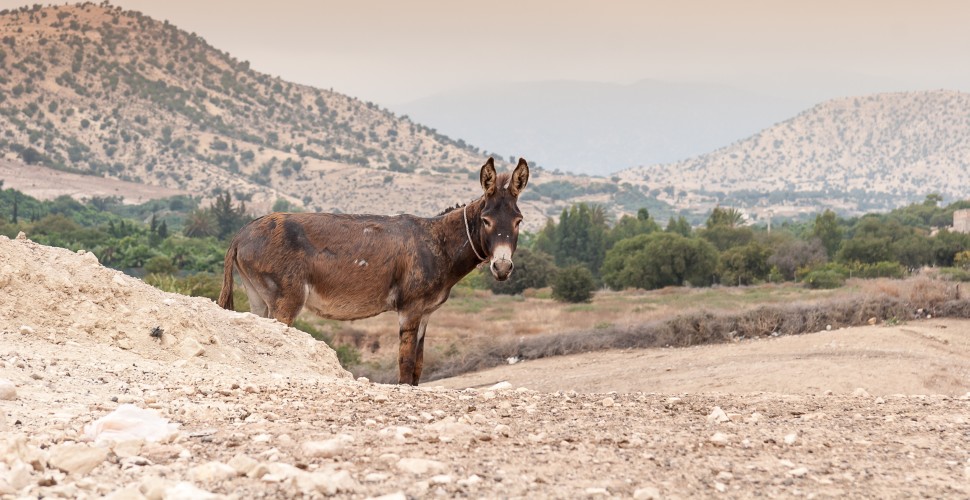
After the Californian-Moroccan alighted, the Gujarati's story became more interesting. With only us in the compartment, he revealed that he had been introduced to the family of a 'nice girl' in the capital, Rabat – and married her. He was on his way to 'do the paperwork' for the marriage. He explained that in his native Gujarat it was unthinkable to marry a girl from outside the community – but that Moroccans were more liberal. 'We are all Muslim', he said. As my station approached I shook the Gujarati's hand and he said he hoped we would meet again somewhere. It occurred to me that our conversation would probably never have taken place if our paths had crossed in the UK.
Exiting Tangier railway station under the blistering afternoon sunshine I was greeted by dozens of taxi drivers seeking a lucrative non-metered tourist. But I strode past the ranks of desert-coloured and rather tank-like Mercedes-Benzes – like a latter-day Afrika Korps – safe in the knowledge that Google Maps would guide me to my hotel.
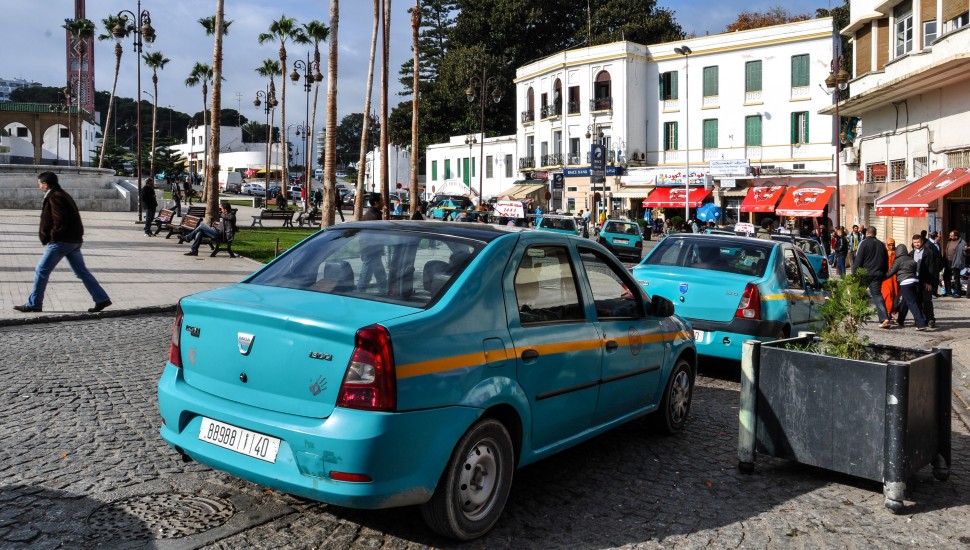 Taxis in Tangier, Morocco (dabldy-Bigstock.com)
Taxis in Tangier, Morocco (dabldy-Bigstock.com)
The route took me along the seafront, where I could see the rocky outline of Spain over the startling blue of the Mediterranean. After nearly an hour I reached the old quarter, where I knew the famous Tangier touts operated. I recalled my visit to Marrakesh and refused to tell any of them the name of my hotel. They were cross – since they couldn't extract a tip from me if they hadn't provided – or been seen to provide – a service. I still managed to walk in circles several times before I found my accommodation.
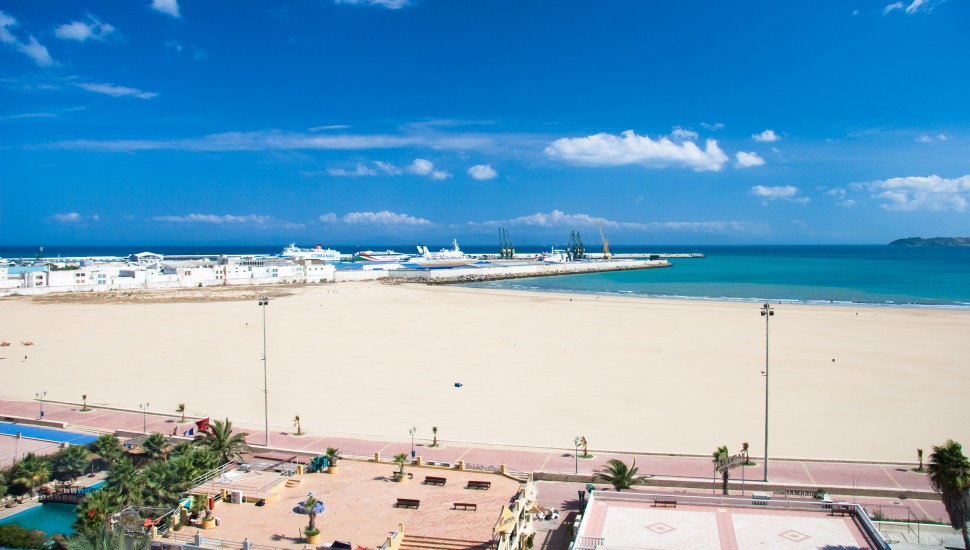
I'd made it to Tangier. After this, I would take the catamaran to Algeciras in Spain. But not before I had attempted to track down some of the locations of The Sheltering Sky (1990) – one of my favourite films. Unfortunately the huge old crane of the opening shot was sealed off due to construction work. And although I found the El Minzah Hotel, I didn't recognise any of the facades from the film.
But before I hopped across from Africa to Europe, I ensured I saw some other famous Tangier locations. After all, this was where the likes of Jack Kerouac, William Burroughs and Alan Ginsberg lived the high life – and perhaps did a little writing too.
Before my afternoon catamaran crossing, I found the old quarter's Pl Souq ad-Dakhil, a crowded square known colloquially as Petit Socco. Here Kerouac and Burroughs would have consumed tea – and much else besides – as their subconsciouses gathered and plotted for later artistic output. I too gathered and plotted out in the square with my last Moroccan mint tea, although perhaps with less success. I watched as Dutch, French and American tourists – out on a day excursion from one of the big white cruise-liners in the port – get enveloped by street sellers pushing fezzes, scarves and teapots under their noses.
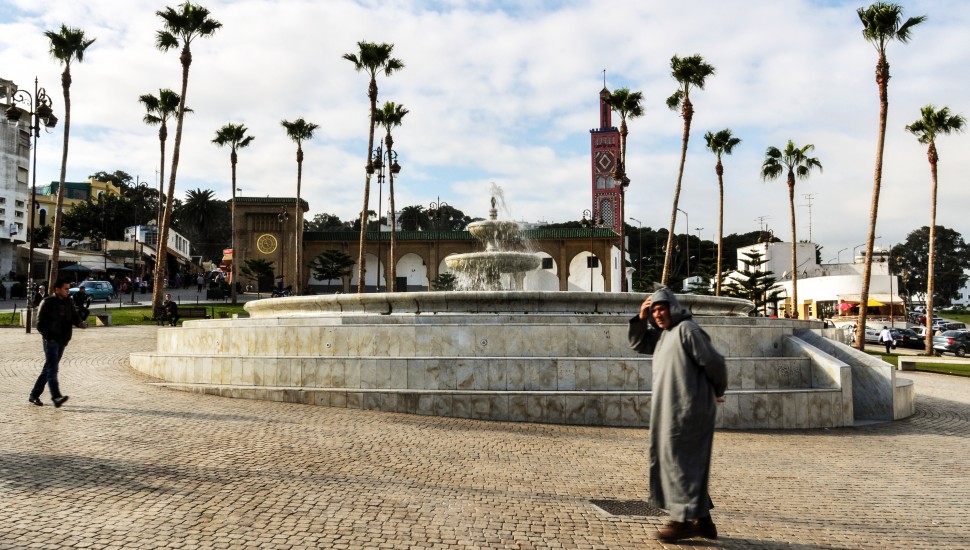 Tangier, Morocco (dabldy-Bigstock.com)
Tangier, Morocco (dabldy-Bigstock.com)
Once I was back in Europe, I realised, such scenes would be a rarity indeed.
Get a Quote